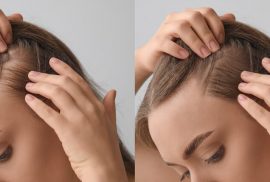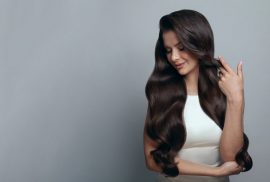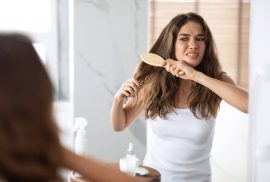How to Revive Dry, Damaged Hair Without Cutting It All Off
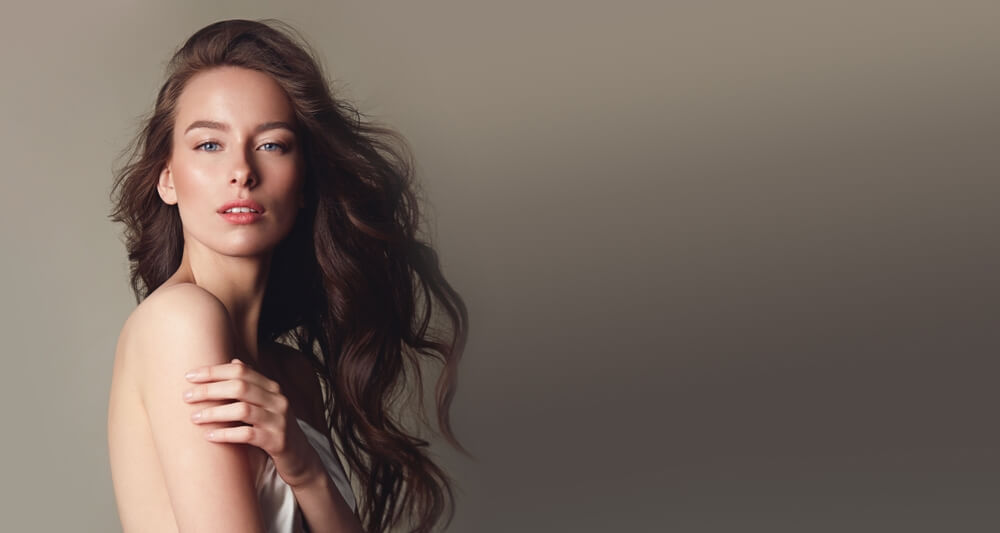
Worried that you’ve harmed your hair beyond repair? Read on as Evalectric explains how to replenish and revive the look of dry, damaged hair, without resorting to cutting it all off!
Cut Back on How Often You Shampoo Your Hair

Damaged hair needs as much natural protection as it can get, which it receives in the form of the sebum produced by your scalp. This oil travels down from root to tip, conditioning and protecting as it goes.
If you’re dealing with damaged hair, your strands desperately need the shield that this oil provides. However, if you wash your hair too often, you’ll be standing in the way of this. You’ll be removing that oil before it’s able to make its way down to the ends of your hair. The sections of your strands that don’t have access to enough oil will end up brittle and more damaged than ever. Do this for too long, and you will have to cut your locks off!
Of course, keeping your hair clean is still important. Don’t take this to mean that you should stop shampooing altogether! However, finding the middle ground is key. Yes, your hair needs to be shampooed, but try to avoid doing this more than necessary. Use a gentle, hydrating shampoo as well, such as the exquisite Moisturizing Shampoo from Evalectric. It’ll leave your strands feeling silky smooth!
Be More Generous When Conditioning
You’re probably aware that using a conditioner is essential after shampooing your hair. Conditioners, with their oils and emollients, help to restore some of the moisture that shampoos remove. They also seal and smooth down the hair cuticles. This not only gives the hair a smoother and shinier finish, but it also helps to keep strands safe from damage.
Since this is something that already damaged hair could really do with, be generous when applying a conditioner to your hair. You don’t want to end up over-conditioning your hair, but make sure that you’re using enough to properly coat your strands. You should be conditioning your hair from the mid-lengths to the ends.
One final conditioning tip: make sure that you squeeze excess moisture out of your hair before applying your conditioner. If not, your conditioner won’t be able to sink into your strands, meaning that your hair isn’t being properly conditioned after being shampooed. This could even be a contributing factor to the damaged hair you’re facing.
Reduce Your Use of Heated Styling Tools
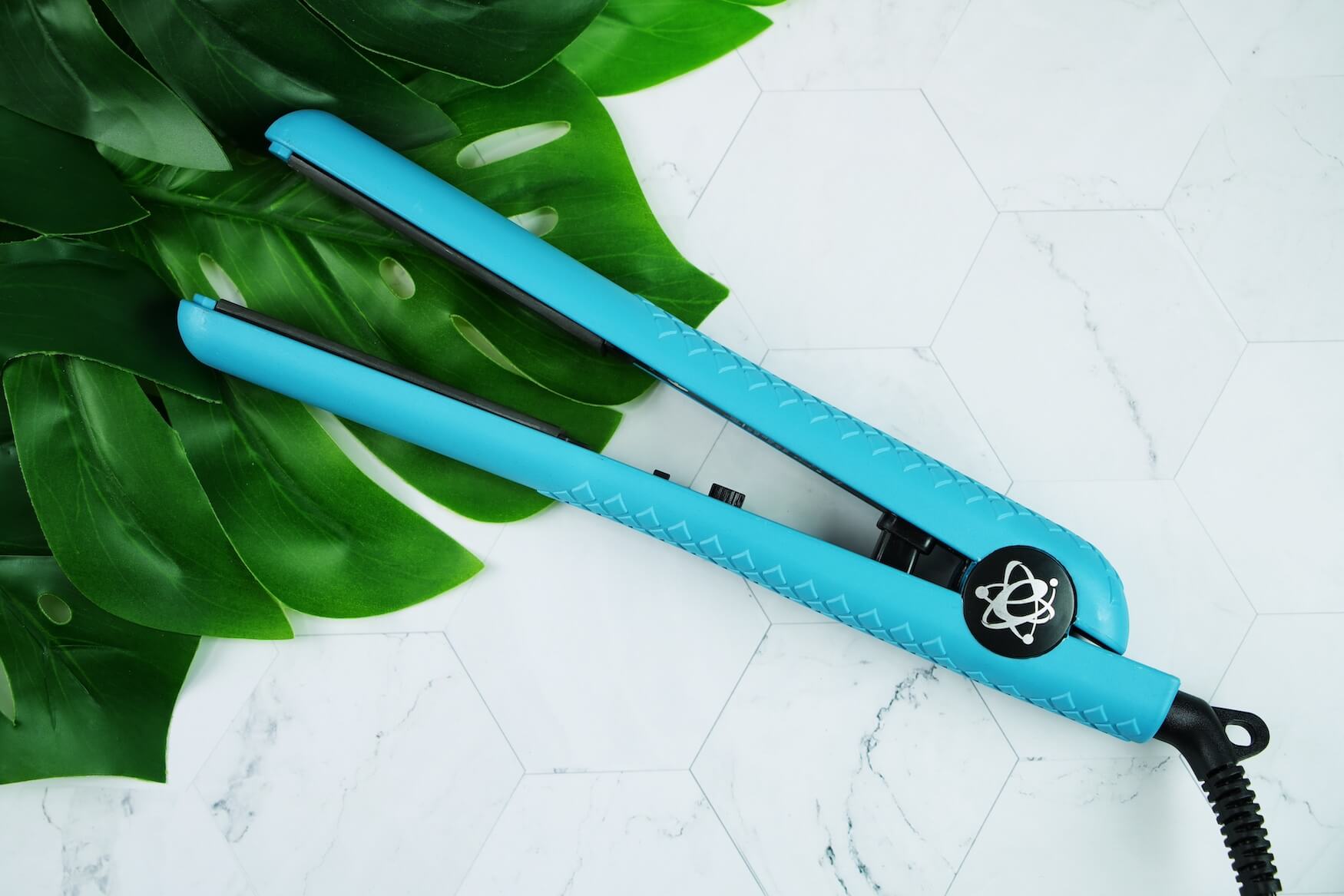
It’s no secret that excessive heat is harmful to hair. This can be said of healthy hair, let alone already damaged hair. High temperatures break down the proteins that give hair its structure and strength. Once this happens, elasticity declines, and hair becomes much more prone to snapping/breaking.
Excessive heat also lifts and frays the hair cuticles. This exposes the inner vortex within, paving the way for even more damage.
Don’t worry, this doesn’t mean that you need to completely stop heat styling. Instead, simply cut back on how often you do so. Using a heat protectant beforehand will also go a long way in preventing heat damage from taking hold.
When you do occasionally heat style your hair, avoid cranking the temperature of your heated styling tool up to max. Many heated styling tools, like the Evalectric Classic Styler range, come with an adjustable temperature control. This enables you to efficiently heat style your hair without exposing your strands to more heat than needed.
Keep Hot Water Away From Your Hair
It’s not just heated styling tools that subject your strands to high temperatures – hot water does exactly the same thing. In fact, once that water reaches a temperature of 29°F, it will start to melt your hair’s natural oils. It makes them more viscous, meaning that it’s easier for that oil to be washed away. It goes without saying that this is definitely not what your damaged hair needs!
Hot water can also irritate the skin on the scalp. With your hair growing from your scalp, this has a knock-on effect on the health of your strands. It makes them more vulnerable to breakage and further damage.
Lukewarm is the temperature to aim for when you’re in the shower. This is warm enough to effectively remove dirt yet not so hot that it’s going to damage your mane.
Look Into Leave-in Hair Care Products
While shampoos, conditioners, hair masks, and other rinse-out products are a must, leave-in products can also be very useful for damaged hair. Due to the fact that they have extended contact with the hair, they have much more time to impart all of their beneficial ingredients.
From hair serums to leave-in conditioners, these products work to leave the hair feeling stronger, as well as better protected against further damage. They form a physical shield over each strand, which keeps the appearance of environmental damage at bay. They also leave the hair feeling softer and more pliable. This helps to counter the frizz and tangles that damaged hair is so prone to. It will also make your locks much easier to style.
Be Very Gentle With Wet Hair

When your hair is damaged, the last thing that you want to do is damage it even more. This means that you’ll need to pay particularly close attention to it when it’s wet. Why? Wet hair is much more vulnerable to damage. Although your hair may feel quite pliable when it’s wet, it lacks elasticity. This means that it will snap very easily.
To prevent this, you’ll need to be extremely gentle with your hair whenever it’s wet. This begins as soon as you step out of the shower, when you reach for your towel. Don’t vigorously rub it across your head. Instead, gently wring excess water out of your hair and then use your towel to blot away moisture in sections.
Tight hairstyles should also be avoided when your hair is wet. Ideally, allow your hair to air-dry until it’s about 80% dry, before gently finishing the job with a blow dryer. The Evalectric Pro Beauty Dryer comes with next-level features that will help to keep your strands feeling safe.
Trim the Ends
While you may want to avoid having to cut away all of your hair, there’s a good chance that your ends will need to be trimmed off. Due to how long it takes for the oil from the scalp to reach the ends, this tends to be the driest and most damaged part of the hair.
This is exactly why split ends occur. If you ignore those frayed ends, they won’t stop there. Instead, those splits will continue to travel up your hair shaft, causing irreparable damage to more of your hair.
This is why regular trims are always recommended. Have those damaged ends snipped away, and not only will your hair immediately look fresher and healthier, but you’ll also be saving your strands from even more damage.
Protect Your Hair While You Sleep
Your hair experiences a fair bit of damage while you sleep. Not only is it pressed against a pillowcase for several hours, but each time you turn in bed, your strands are dragged across that pillowcase. If your pillowcase is made from cotton or a similar material, friction is created each time your hair moves in this way, and, as you may have guessed, this can quickly lead to damage.
The solution? Protect your hair while you sleep by swapping your cotton pillowcase for a silk version. Silk is much smoother, meaning no friction when your hair moves against it. It’s also less absorbent, so it won’t soak up quite as much moisture from your strands while you snooze.
Protect Your Hair From the Elements
There’s another aspect of protection that you need to consider if you want to revive the look of damaged hair: protection from environmental damage. Be it the cold, the wind, or the sun, your hair is constantly battling the elements, and it won’t always win. This isn’t such an issue with healthy hair, but if you’re dealing with damaged hair, the harsh environmental elements will only worsen your problems.
What can you do about this? Keep your hair physically protected. Coverings, such as hats or scarves, will shield your hair from being battered by the weather. Protective hairstyles, such as braids or buns, can be useful too. They reduce the surface area of hair that’s exposed to the environment. Yes, some of your hair will still end up damaged, but the majority of your strands will remain safe. With that said, avoid tight hairstyles, as these can often cause their own damage!
Pay Attention to Your Diet
Did you know that the food that you eat has a huge impact on how healthy your hair is? Your diet feeds your scalp and hair from within, meaning that consuming the right nutrients can make a big difference.
Here’s what you need to be eating more of if you want to see healthy-looking hair:
- Protein, since this is what your hair is primarily made up of. Look for lean protein sources, like eggs and lean meats.
- Omega-3 fatty acids support hair growth and scalp health. Oily fish and certain seeds contain high amounts of them.
- Iron gives hair strength. Leafy greens and red meats contain plenty of iron.
- Vitamins and antioxidants, which can be found in fresh fruits and vegetables.
- Zinc, which shellfish and beans contain, is essential for keratin production, with keratin being the main protein in hair.
Saying Goodbye to Damaged Hair
Unfortunately, there’s no quick fix for damaged hair – reviving the look of your mane is going to require some work on your part! However, with the tips that we’ve shared above, you should soon start to see some improvements in how healthy your hair looks and feels, without needing to cut it all off!
Click here to check out more bestselling hair products from Evalectric.



